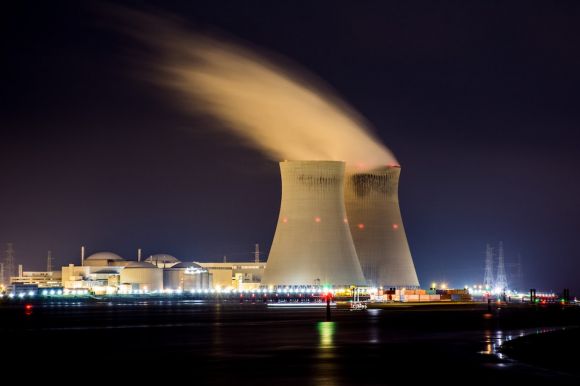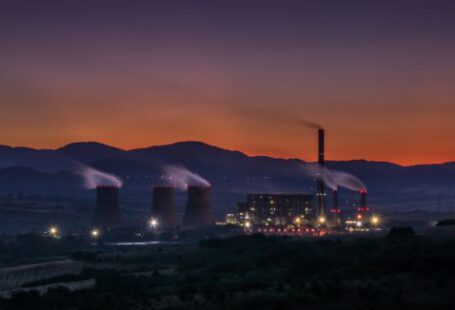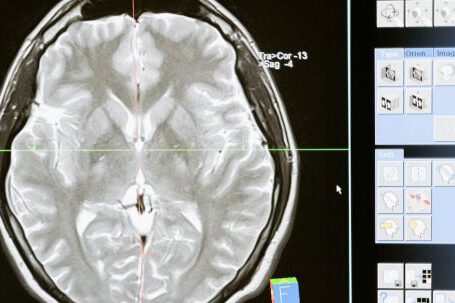The discovery and development of nuclear power have revolutionized the world of energy production. This powerful source of heat has emerged as a game-changer, offering a wide range of applications across various industries. In this article, we will explore the birth of nuclear power, its impact, and the potential it holds for the future.
Harnessing the Atom
The journey of nuclear power began in the early 20th century with the discovery of nuclear fission. In 1938, German scientists Otto Hahn and Fritz Strassmann discovered that uranium atoms could be split into smaller fragments, releasing an immense amount of energy. This process, known as nuclear fission, laid the foundation for the development of nuclear power.
The Manhattan Project
During World War II, the United States initiated the Manhattan Project, a top-secret research endeavor aimed at developing atomic weapons. Led by physicist J. Robert Oppenheimer, the project achieved its objective with the successful testing of the world’s first atomic bomb in 1945. However, the project’s success also paved the way for the peaceful use of nuclear power.
Peaceful Applications
Following the end of World War II, scientists and governments began exploring the peaceful applications of nuclear power. In 1951, the first nuclear power plant, called EBR-I, went online in Idaho, USA. This experimental reactor produced enough electricity to power four light bulbs and marked the beginning of a new era.
From that point onwards, the growth of nuclear power was rapid. Nuclear power plants became a reliable and efficient source of electricity generation, providing clean and abundant energy. The ability to produce electricity without burning fossil fuels made nuclear power an attractive option for countries seeking to reduce their carbon footprint and dependence on imported energy.
Safety Concerns
Despite its numerous benefits, nuclear power is not without its challenges. Safety concerns have always been at the forefront of discussions surrounding nuclear energy. The accidents at Three Mile Island in 1979, Chernobyl in 1986, and Fukushima in 2011 highlighted the potential risks associated with nuclear power plants.
However, these incidents also led to significant advancements in safety measures and regulations. The nuclear industry has implemented rigorous safety protocols, improved reactor designs, and enhanced emergency response systems to ensure the highest level of safety and minimize the risk of accidents.
Nuclear Fusion: The Holy Grail
While nuclear fission has been the primary method of harnessing nuclear power, scientists have long been pursuing the dream of nuclear fusion. Nuclear fusion, the process of combining atomic nuclei to release energy, holds immense potential for providing clean and virtually limitless energy.
Efforts to achieve controlled nuclear fusion have been ongoing for decades. The International Thermonuclear Experimental Reactor (ITER) project, a collaboration between 35 countries, aims to demonstrate the feasibility of fusion power as a viable energy source. If successful, fusion power could revolutionize the energy landscape, offering a sustainable and abundant source of heat for generations to come.
The Future of Nuclear Power
As the world grapples with the challenges of climate change and the need for sustainable energy solutions, nuclear power has once again gained attention as a viable option. Many countries are revisiting their nuclear energy programs and investing in advanced reactor designs, such as small modular reactors and Generation IV reactors, which offer increased safety, efficiency, and waste reduction.
Nuclear power also holds promise in other areas, such as space exploration and medical applications. The ability to generate a significant amount of heat in a compact and controlled manner makes nuclear power a valuable asset in these fields.
Conclusion: A New Era of Heat
The birth of nuclear power has opened up a world of possibilities. From its humble beginnings in the laboratories to the construction of large-scale power plants, nuclear power has proven to be a reliable and efficient source of heat. As we continue to explore and innovate, nuclear power has the potential to transform our energy landscape and pave the way for a sustainable and prosperous future.





